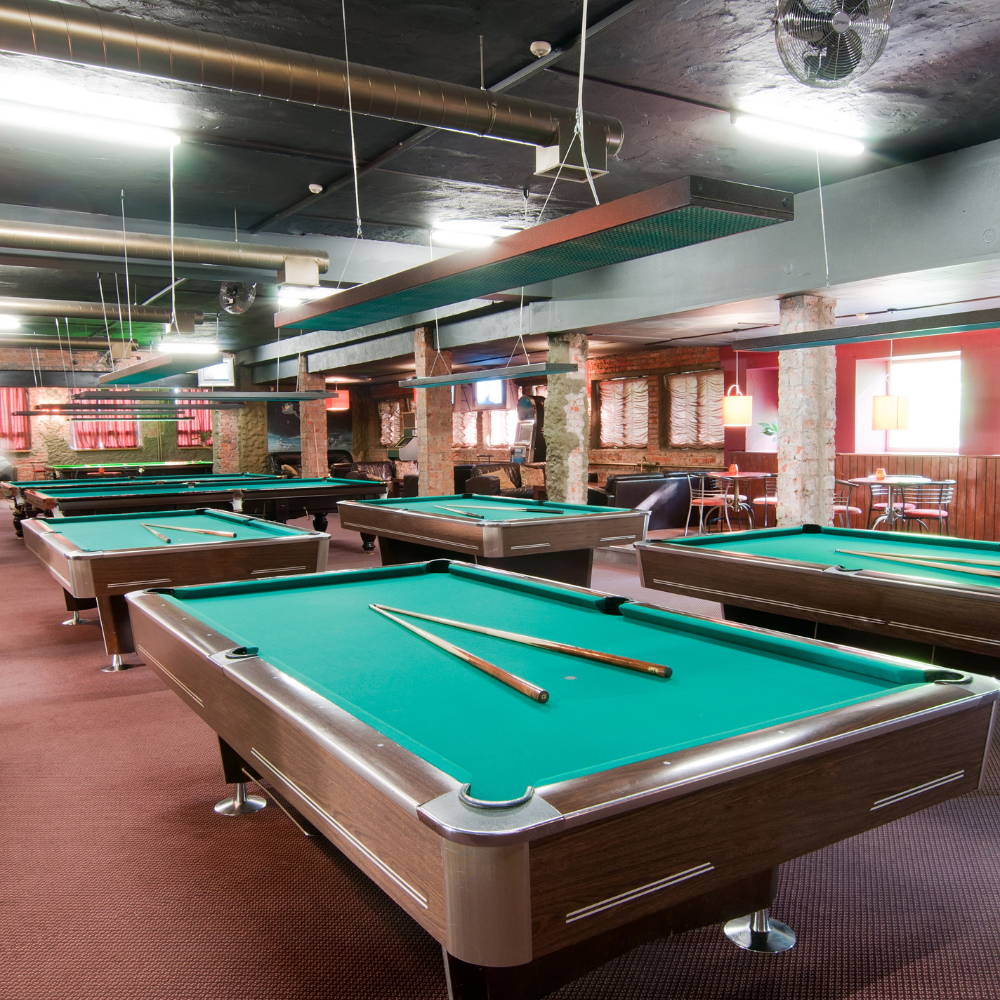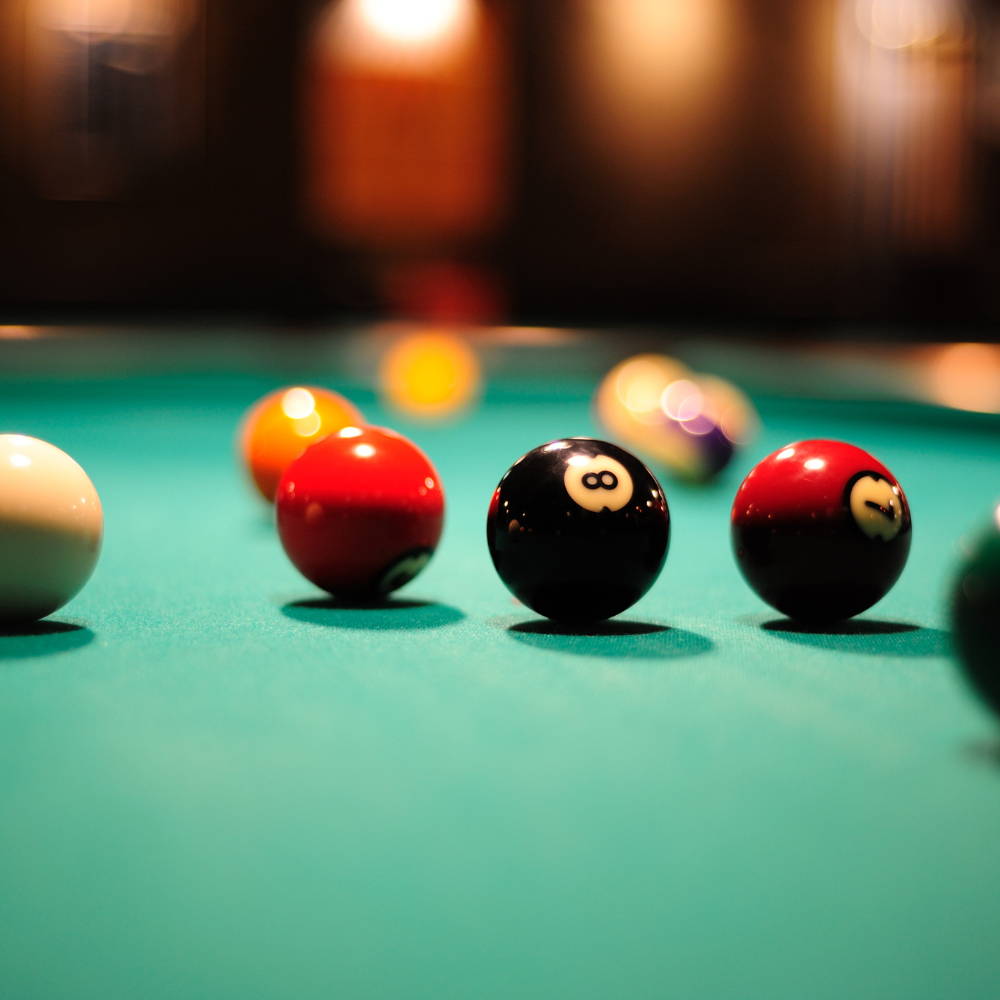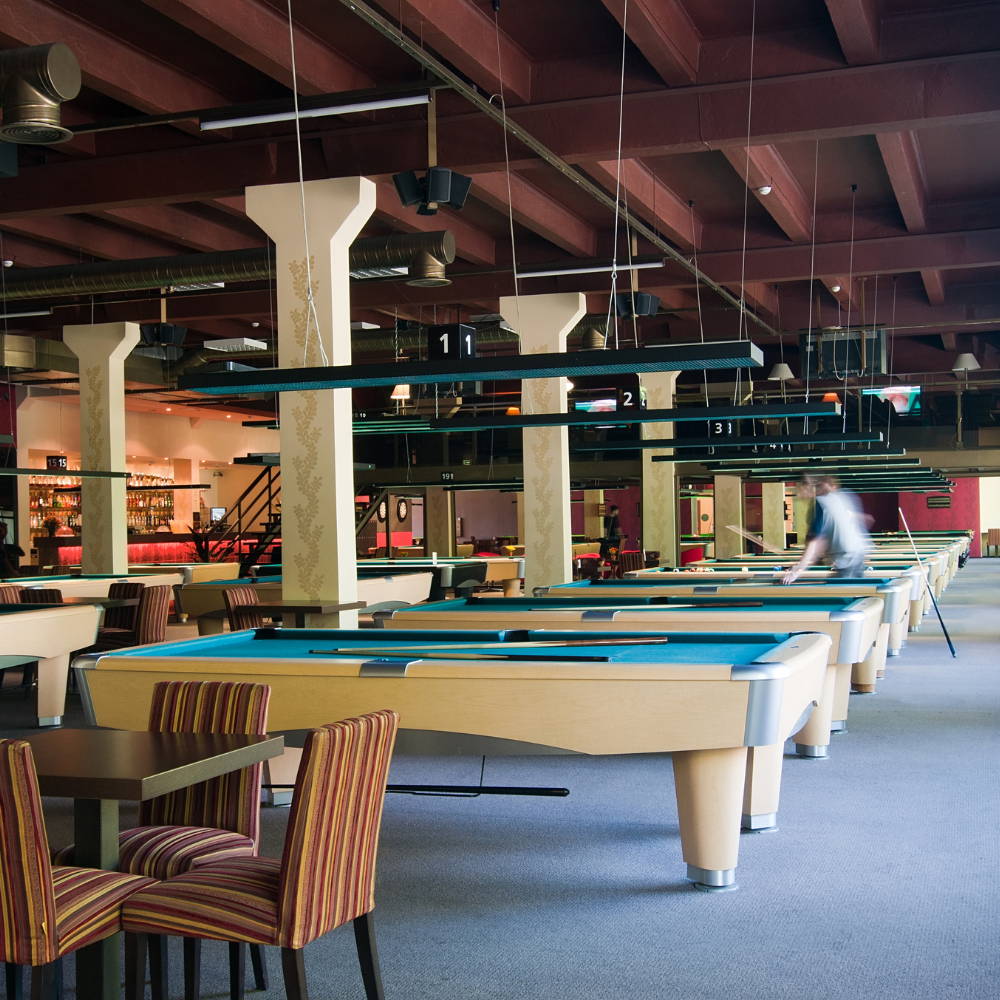The Sound of Victory: The Acoustics of Sinking a Pool Ball
Echoes of Precision
The game of pool is not just visual, but also deeply auditory. Every player, from the novice to the expert, recognizes the satisfying sound of a pool ball sinking into a pocket. It’s a sound that signals precision, a successful shot, and often, victory. But have you ever stopped to think about the acoustics behind that familiar sound? It's a fascinating blend of science and artistry, a testament to the intricate design and architecture of a pool table.
The Anatomy of Sound
Sound is created by vibrations traveling through a medium, typically air, which our ears then pick up and our brains interpret. When a pool ball strikes another or sinks into a pocket, it produces vibrations. The unique acoustics of a pool table, from its wooden structure to its felt surface and hollow pockets, amplify and shape these vibrations into the distinct sounds we recognize.

Wood and Resonance
The primary material for most pool tables is wood, known for its resonating properties. When a ball is shot across the table or sinks into a pocket, the sound waves produced by its movement interact with the wood. The wood's density, grain structure, and even its moisture content play roles in determining how these sound waves travel and resonate. This resonance amplifies certain frequencies and dampens others, creating the rich tonal quality associated with a pool table.
The Role of the Felt
The felt or cloth on a pool table is not just for smooth gameplay. It also plays a critical role in sound absorption. Depending on its thickness and material composition, the felt can muffle harsher tones and accentuate softer ones. It acts as a dampener, ensuring that while the sound of the ball is clearly audible, it's not jarringly sharp. This creates a balance between the resonating wood and the softening felt, resulting in the perfect "thud" that players love to hear.
Hollow Pockets and Amplification
Another critical component in the acoustics of sinking a ball is the design of the pockets. These are essentially hollow chambers that act as natural amplifiers. When a ball drops into a pocket, the sound it produces is contained and slightly echoed within this chamber. The pocket's material, typically leather or synthetic mesh, also influences the sound. While leather can produce a more muffled, deeper tone, mesh can allow for a crisper sound.
Variations in Ball Material
Not all pool balls are created equal, and the material from which they are made can significantly impact the sound they produce. Whether they are made from phenolic resin, polyester, or Aramith, each material has its density and hardness. These factors determine how the ball interacts with the table, other balls, and the pockets, thus influencing the sound's tonal quality.
A Sensory Experience
While visuals play an undeniable role in the game of pool, it's the auditory feedback that often provides players with a deeper connection to their shots. Hearing the solid contact of a cue ball against its target or the finality of a ball sinking into a pocket serves as a form of validation. It tells the player that they've executed their shot correctly, providing an immediate sensory reward for their skill.

The Harmonics of the Game
The science of sound often takes us into the realm of harmonics. In music, harmonics are overtones, or the parts of sound that contribute to its richness or timbre. In pool, the distinct sounds generated during a game, such as the breaking of the rack or the soft click of a ball grazing another, are ripe with harmonics that give the game its acoustic character.
The Vibrational Dance
Every impact or movement on the pool table generates a series of vibrations. These vibrations, or waves, travel at different speeds and frequencies. When a cue ball hits another ball head-on, it produces a clear, sharp sound. But if it grazes the ball, the sound is softer, more subtle. These different frequencies resonate through the table and into our ears, painting a sonic picture of the action even if we aren't directly watching it.
The Environment's Role
The environment in which a pool table resides plays a significant role in how sounds are perceived. In a large, open hall, sounds might echo, giving them a reverberating quality. Conversely, in a smaller, carpeted room, many of the sharper sounds might be absorbed, leading to a more muted auditory experience. The materials surrounding the table, be it wooden panels, drapes, or even the presence of an audience, can influence the acoustic feedback.
A Tool for the Player
For professional players, the sound isn't just an atmospheric element; it's a tool. The auditory feedback can give cues about the spin of the ball, the power of a shot, or even if the table might be uneven in certain parts. Just as a musician can detect a slightly off note, seasoned pool players can sense a lot from the sound of their shots. They'll know if the contact was flush, if the spin was just right, or if the ball is traveling as expected, all from the sound it makes.
The Psychological Aspect
Sound has a profound effect on our psyche. The right kind of sound can evoke emotions, memories, or even physical reactions. For many pool enthusiasts, the sounds of the game are nostalgic, reminding them of their first games or significant moments in their playing journey. Moreover, there's something universally calming about the rhythmic click of balls, the gentle hum of a busy pool hall, and the occasional cheer of a fantastic shot or win. This auditory environment can serve as a backdrop for concentration, a meditative space where players lose themselves in the game.
Evolving Acoustics
As pool tables evolve with new materials and designs, so do their acoustics. Modern tables might use different composites or cushioning, leading to subtle shifts in the game's soundscape. These evolutions are a testament to the game's living, breathing nature, ever-changing and adapting, but always holding onto its core essence.

In Conclusion: More Than Just a Game
The acoustics of sinking a pool ball highlight the depth and complexity of what many might consider a simple game. Every element of a pool table, from its construction materials to its design, plays a role in creating the rich tapestry of sounds that players and enthusiasts have come to love. It's a testament to the intricacies of the game and the profound sensory experience it provides. The next time you're lining up a shot or listening to the roll of a ball, take a moment to appreciate the symphony of sounds around you – it's the beautiful soundtrack of a game well played.
Are you looking for a Pool Table? check out our pool tables range Pool Tables





